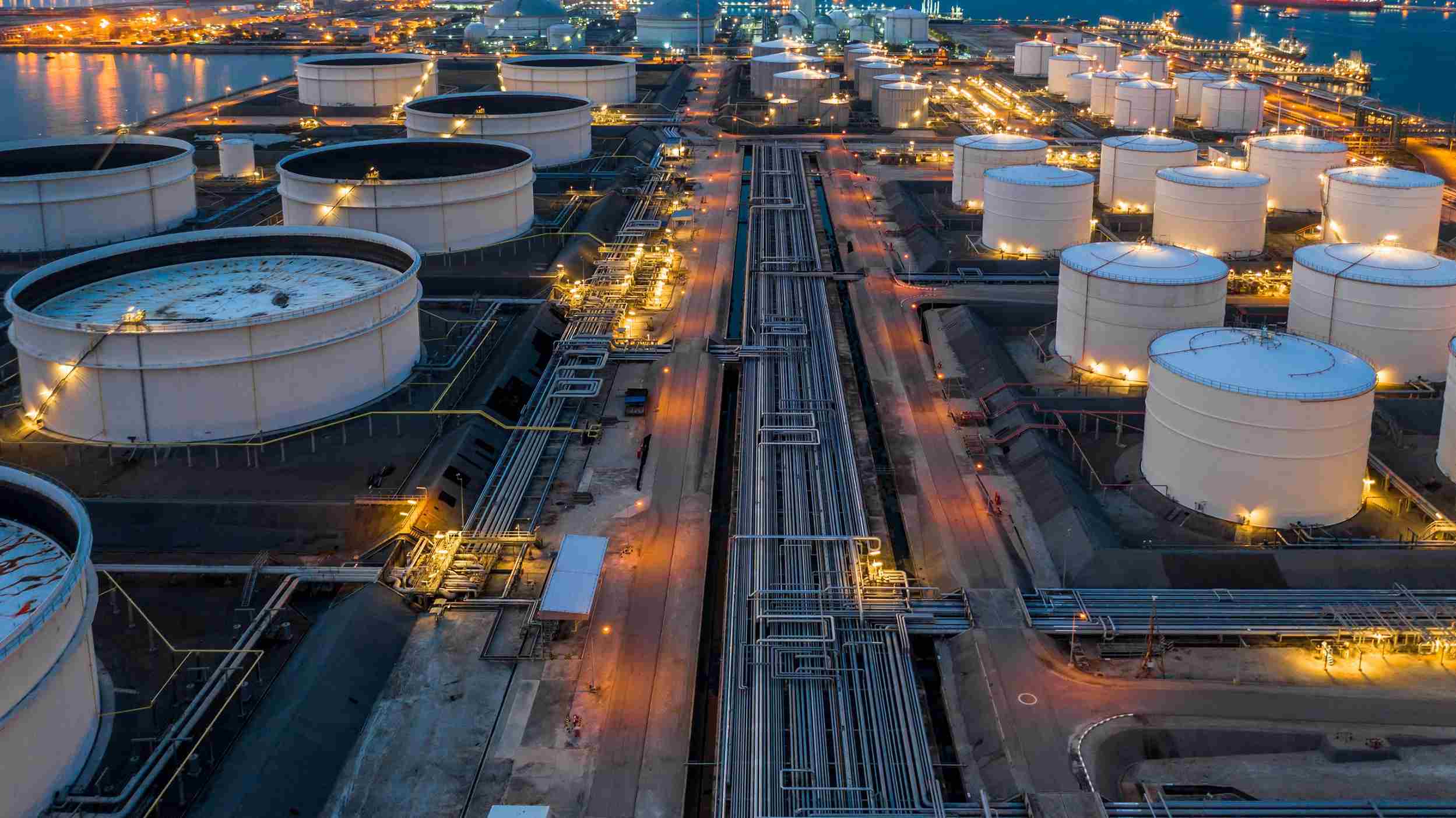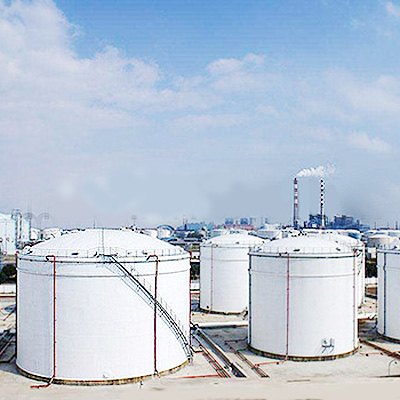All About Welding Inspection: Trick Conveniences for Your Jobs
Welding evaluation plays an important role in the building and construction and production markets. It guarantees that bonded joints satisfy quality and safety and security requirements. By determining defects early, tasks can prevent considerable hold-ups and monetary losses. Following sector guidelines not just secures the stability of the end product but additionally develops trust amongst stakeholders. Understanding the subtleties of this process discloses fringe benefits that can affect task results substantially. What are these benefits?
Recognizing the Welding Evaluation Refine
Although welding is an important component in different industries, the assessment procedure is necessary to guarantee high quality and safety and security. This process includes a collection of systematic examinations made to identify any type of possible concerns that may jeopardize the stability of bonded joints. Inspectors review welding procedures and certifications to verify conformity with sector standards.
Following this, visual evaluations are carried out to analyze the overall look and finish of welds. Non-destructive testing techniques, such as ultrasonic or radiographic screening, might likewise be used to identify internal flaws without damaging the material. Documentation plays a vital function, as it supplies a document of searchings for and examinations, validating traceability and liability.
Inevitably, recognizing the welding assessment procedure promotes confidence in the high quality of the ended up item, minimizes the danger of failures, and improves overall project success in numerous applications, from building and construction to production. API 650 Welding Inspection.
Typical Sorts Of Welding Issues
Welding issues can significantly influence the stability and efficiency of welded frameworks, as they might result in failures under tension or adverse conditions. Common sorts of welding defects consist of splits, porosity, insufficient fusion, and slag inclusion. Splits can create due to thermal stress and anxieties or inappropriate air conditioning, jeopardizing the joint's stamina. Porosity describes the visibility of gas bubbles trapped in the weld, which can deteriorate the joint and reduce ductility. Incomplete combination takes place when the weld steel does not appropriately bond with the base product, causing weak points. Slag inclusion occurs when non-metallic contaminations become entraped within the weld, leading to a reduction in structural stability. Determining these defects early via examination is crucial for maintaining top quality and making certain security in bonded structures. Comprehending these common defects permits improved welding methods and enhanced job outcomes.
Importance of Conformity With Sector Standards
Compliance with sector requirements is crucial for preserving architectural honesty in welding jobs. Abiding by these standards not only mitigates liability risks however additionally enhances the overall high quality of the finished job. This placement promotes count on among stakeholders and warranties that predicts fulfill both safety and security and performance assumptions.
Ensuring Architectural Honesty
Ensuring architectural honesty is paramount in any type of building or manufacturing job, as adherence to sector criteria works as a structure for safety and security and reliability. Conformity with these standards warranties that welding refines fulfill strenuous specs, which is crucial for the resilience of frameworks. Routine welding assessments validate that techniques and products align with developed guidelines, protecting against possible failures that might jeopardize honesty. Additionally, complying with market criteria promotes uniformity in high quality, which is vital for maintaining public rely on building and construction practices. By prioritizing structural honesty with persistent adherence to standards, companies can enhance the overall efficiency of their tasks, leading to safer atmospheres and long term asset life expectancies. Eventually, this dedication shows an aggressive approach to high quality guarantee in welding methods.
Minimizing Responsibility Threats
Complying with industry requirements considerably minimizes obligation dangers related to welding projects. Compliance with established guidelines assurances that welds meet security and efficiency criteria, lowering the probability of failings that could result in crashes or litigation. This proactive approach not only safeguards the labor force however likewise safeguards the economic passions of the firm. Second-rate techniques or inadequate examinations can cause expensive repair services, legal disagreements, and damage to online reputation. By executing extensive welding assessments, business show their commitment to quality and safety and security, ultimately reducing direct exposure to potential insurance claims. Additionally, adherence to regulations strengthens trust among customers and stakeholders, as it shows a devotion to maintaining high standards throughout the project lifecycle. Decreasing liability risks is vital for lasting organization sustainability.
Enhancing Task High Quality
Rigorous welding assessments not just reduce obligation risks yet additionally play a critical duty in boosting total wikipedia reference task quality. By sticking to market requirements, these inspections ensure that welds fulfill specified requirements for resilience, toughness, and safety. Conformity with developed standards helps identify defects early, decreasing the chance of costly rework or task hold-ups. Regular quality control fosters trust amongst stakeholders, including customers and regulative bodies, which can lead to duplicate organization and favorable references. Ultimately, a dedication to top notch welding practices not just enhances the stability of the end product however also upholds the online reputation of the company involved. Subsequently, comprehensive assessments function as a keystone for sustainable and successful project end results.
Benefits of Early Discovery of Problems
Early discovery of welding problems uses considerable benefits, especially pertaining to expense financial savings on repair services. By identifying troubles prior to they escalate, organizations can boost the architectural stability of their tasks. This proactive method not only decreases financial expenditures however additionally advertises security and reliability in bonded frameworks.
Price Savings on Repair Works
Detecting welding issues immediately can cause significant expense savings on repair work. Early recognition of problems permits for targeted interventions, lessening the extent of damages and avoiding expensive, considerable repair services later. When problems are attended to during the initial stages of a task, resources are utilized a lot more efficiently, minimizing both labor and material prices. Furthermore, prompt evaluations can stop job hold-ups, click this which usually sustain extra expenses. By fixing concerns early, firms can stay clear of the financial problem connected with rework, guarantee claims, and prospective safety threats. Inevitably, buying aggressive welding assessments cultivates an extra cost-efficient technique to task monitoring, making certain that budgets continue to be undamaged while keeping the top quality and dependability of the last product.
Boosted Structural Honesty
Making certain click resources the architectural integrity of welded elements depends upon the prompt recognition of prospective concerns. Early detection during the welding evaluation procedure permits the instant correction of problems such as fractures, gaps, or improper fusion. Attending to these concerns promptly not only improves the stamina and longevity of the weld but also alleviates the danger of tragic failures during the service life of the structure. Routine assessments add to an extra reliable assessment of weld quality, guaranteeing conformity with market requirements. By focusing on welding assessments, job supervisors can preserve a higher level of safety and performance, ultimately resulting in successful project outcomes. Enhanced architectural honesty mirrors the dedication to high quality and adherence to finest methods in welding.
Cost-Effectiveness of Welding Inspections
While numerous companies may view welding inspections as an added expenditure, they commonly verify to be a cost-effective financial investment over time. By determining problems early, these evaluations can prevent pricey fixings or replacements that may arise from unseen problems. This positive approach not just saves money yet likewise minimizes task hold-ups, guaranteeing that timelines are complied with.

High-quality welding assessments contribute to enhanced performance, leading to fewer rework instances and improved performance. The reduction in material waste and labor prices related to redesigning faulty welds includes in the economic benefits.
Buying detailed evaluations likewise boosts the total quality of the final item, which can cause boosted consumer satisfaction and repeat company. Eventually, the first prices associated with welding evaluations are commonly surpassed by the lasting savings and benefits they provide, making them a wise option for any type of welding job.
Enhancing Security and Dependability in Welding Projects

Welding inspections play an important role in boosting safety and security and dependability within welding jobs, as they systematically identify possible dangers and weaknesses in welds. By employing certified assessors, organizations can guarantee that welding procedures stick to industry standards and governing demands. This proactive strategy lessens the danger of weld failures, which can bring about mishaps, costly fixings, and job delays.
Evaluations give necessary documentation that confirms compliance and top quality assurance, cultivating count on in between stakeholders. Regular analyses during different project phases permit for the timely discovery of issues, allowing rehabilitative actions prior to they escalate. Furthermore, the understandings acquired from evaluations add to constant renovation in welding practices, improving total project results. Inevitably, robust welding assessment methods not only secure employees but likewise secure financial investments, guaranteeing that jobs are finished efficiently and meet the greatest security and integrity standards.
Frequently Asked Concerns
What Credentials Should a Welding Assessor Have?
A welding inspector need to possess relevant accreditations, such as Certified Welding Examiner (CWI), together with considerable knowledge of welding materials, codes, and processes. API 650 Welding Inspection. Experience in the area and solid logical abilities are additionally important for efficient assessments
Exactly How Commonly Should Welding Inspections Be Performed?
Welding examinations need to be performed regularly, typically before, throughout, and after the welding procedure. The regularity might depend upon job specifications, regulatory requirements, and the intricacy of the welds to assure architectural stability and safety.
Can Welding Inspections Be Carried Out Remotely?
Welding examinations can without a doubt be executed from another location, utilizing advanced modern technologies such as drones, electronic cameras, and ultrasonic screening equipment - API 650 Welding Inspection. This approach permits reliable tracking while minimizing the demand for physical existence at the site
What Tools Are Made Use Of in Welding Inspections?
Welding evaluations utilize numerous tools, consisting of ultrasonic testers, magnetic bit testers, visual examination devices, radiographic equipment, and calipers. Each device serves a details function to guarantee weld stability, quality, and conformity with industry criteria.
Exactly how Do I Pick a Welding Assessment Service?

To pick a welding inspection solution, one should examine qualifications, experience, and qualifications. Additionally, examining client reviews and asking for comprehensive solution summaries can assist assure the selected service fulfills specific project demands properly.
By prioritizing welding assessments, task managers can preserve a greater degree of safety and performance, inevitably leading to effective project results. Welding examinations play an important function in boosting safety and security and reliability within welding jobs, as they methodically recognize potential risks and weaknesses in welds. A welding examiner need to have relevant certifications, such as Certified Welding Examiner (CWI), along with substantial expertise of welding procedures, codes, and products. Welding inspections ought to be carried out on a regular basis, typically before, during, and after the welding process. Welding inspections utilize various devices, including ultrasonic testers, magnetic bit testers, visual evaluation tools, radiographic equipment, and calipers.